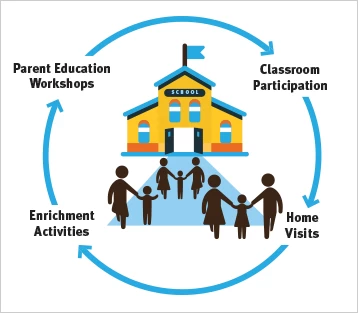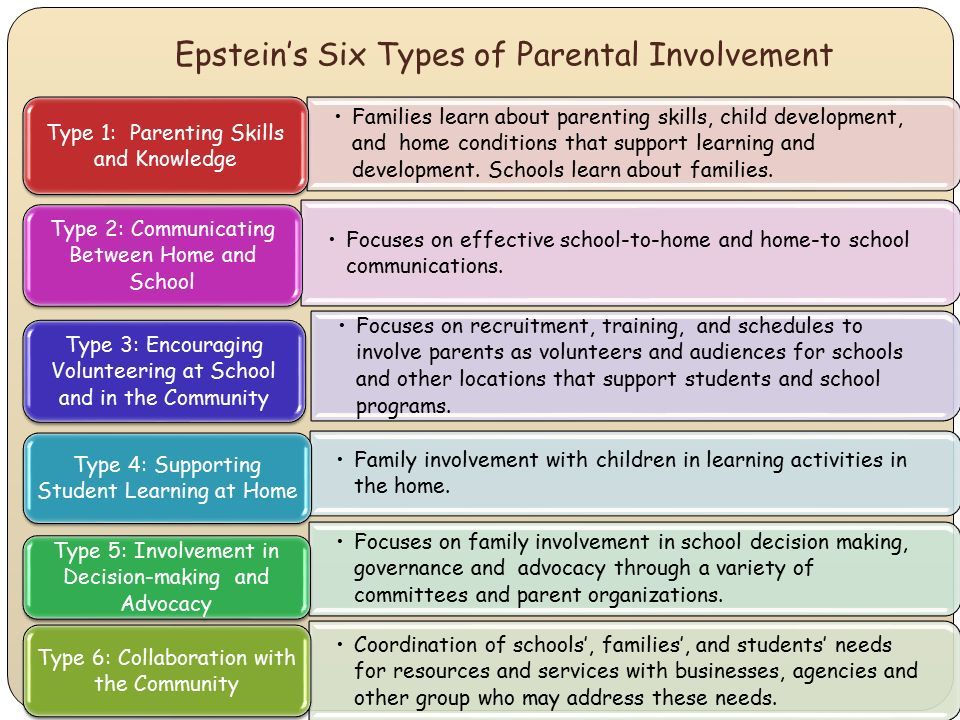Standard 3: Plan for and implement effective teaching and learning
3.7.1: Describe a broad range of strategies for involving parents/carers in the educative process.

(Parent Involvement Project, 2021)
In the class Professional Learning, my working group devised outreach strategies for Finley High School in our assigned region of Riverina, New South Wales. Research on demographics and the school's performance showed Finley to be an agricultural town, with a focus on sports. This focus helped us generate one strategy which would meet the community where it is and tap into student interests for school activities: organising a semiannual inter-school athletic match, with related curricular assignments.
In social dynamics, the concept of the third place rests on the idea that environments have purposes. The first place is home and the second is the workplace. The third place, as defined by Oldenburg (1989), is an accessible, welcoming, open community space. In both my teens and adulthood, I have enjoyed visiting many third places such as coffeehouses and malls. Engaging the community can involve establishing the school as a third place or the presence of teachers at an established third place such as community gardens or weekly sports events. Our proposal to create a Parent Teacher Corner relates to this idea, though it is more goal-driven, keeping parents aware of their children’s academic needs.
| Type | Examples |
| Cultural festivals and showcases | Food, dance, art, history, carnivals |
| Curricular | Science fairs, panels, Model United Nations, plays, sports matches, homework clubs |
We also proposed the school showcase student work, like a multi-curricular version of science fairs, which, along with our career fair idea, were more broadly applicable strategies that centred on scholastic success. We tailored these to Finley's trends for pursuits after schools by inviting local professionals. I remember my childhood excitement when adults talked about careers, which, at that age, I could only aspire to. Hosting events is also an approach to building connection in third places and offers volunteering opportunities to parents. I've both attended and volunteered at library events, which helped bring the community together both in location and spirit. It has been my honour to volunteer for events supporting marginalised groups and I plan to thus contribute time alongside my work as a teacher.
Strategies can also involve direct communication, such as through newsletters, video casts, social media posts or (in our proposal) parent teacher apps/portals. For example, the tailored assignments strategy of TIPS homework solicits parental input, drawing from their experiences (Epstein, 2010, Chapter 6). These are not communication in the direct sense but show the parents what their children are learning. Curricular workshops for parents serve a similar purpose as they both empower parents to participate. There are several resources available for TIPS homework that I believe I can make use of to create assignments and I look forward to doing so.

(Wogan, 2018)
Developing the steps of the research needed was fascinating. Previously, I'd only been involved as a volunteer for outreach efforts and had never thought about how to design an approach. The resources we collected for our research will be useful when I am called upon to outline such strategies as a teacher.
For more in-depth explanations of the strategies we devised, click here.
References
-
Epstein, J. L. (2010). School, Family, and Community Partnerships (Preparing Educators and Improving Schools) (2nd ed.). Routledge.
-
Oldenburg, Ray (1989). The Great Good Place: Cafes, Coffee Shops, Community Centers, Beauty Parlors, General Stores, Bars, Hangouts, and How They Get You Through the Day. New York: Paragon House. ISBN 978-1-55778-110-9. (Hardback)
-
Parent Involvement Project. (2021). WestEd. https://www.wested.org/project/parent-involvement/
-
Wogan, J. (2018, January 12). Parent Engagement Through the Lens of Equity. James Wogan LCSW PPSC. https://jameswogan.com/2017/06/06/parent-engagement-through-the-lens-of-equity/